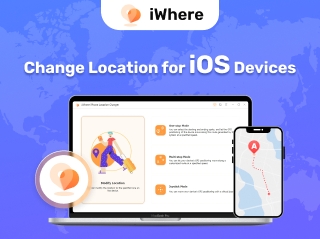Updated on 2024-07-26
2969 views
5min read
If you’re new to Pokemon Go, you would have noticed the “Type” listed under each Pokemon you catch—if you are confused, note that — it matters a lot! In fact, the entire game strategy depends on it. Fret not, I’ll explain what this means and break down all the types of Pokemon available in the game.
Mind you, even if you’re a seasoned trainer, you will benefit from the tactics and strategies mentioned to catch all types of Pokemon, especially those elusive high -IV ones. Given, I’ll cover all 18 Pokemon types in detail, providing a handy chart that outlines their strengths and weaknesses against other types, and also share proven strategies to catch all Pokemon types and complete your Pokedex!
Part 1: All you Need to Know About Pokemon Go Type
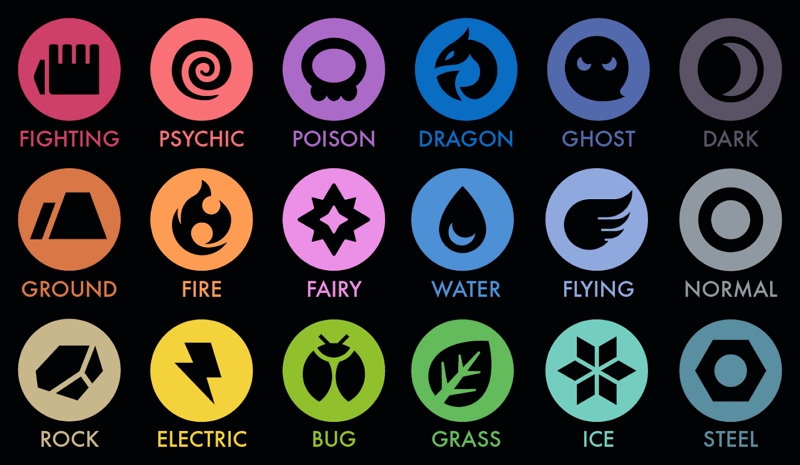
Pokemon Go features 18 types like Fire, Water, Grass, and Electric. These types aren’t random; they’re based on real-world elements, adding strategic depth. Just as in trading cards, where Fire trumps Grass, the same logic applies here. Water beats Fire, Electric beats Water—it’s a system of strengths and weaknesses for engaging battles.
Understanding these matchups is key to victory. For instance, facing a Fire-type like Infernape, using a Water-type like Blastoise is smart. Blastoise’s Water Gun deals super effective damage against Infernape.
This principle applies to all types: Grass beats Water, Ground, and Rock. Electric beats Water and Flying. Dragon is strong against other Dragon types.
Dual-Type Pokemon: A Double-Edged Sword
Some Pokemon have dual types, inheriting both strengths and weaknesses. This makes them more versatile yet vulnerable depending on the matchup. For example, Swampert, a Water/Ground type, resists Electric attacks but is weak to Grass attacks.
Evolution and Type Changes:
Evolution can sometimes change a Pokemon’s type. Eevee is a prime example, evolving into different types depending on the evolution method. For instance, it evolves into Jolteon (Electric), Vaporeon (Water), or Flareon (Fire) when exposed to specific evolution stones.
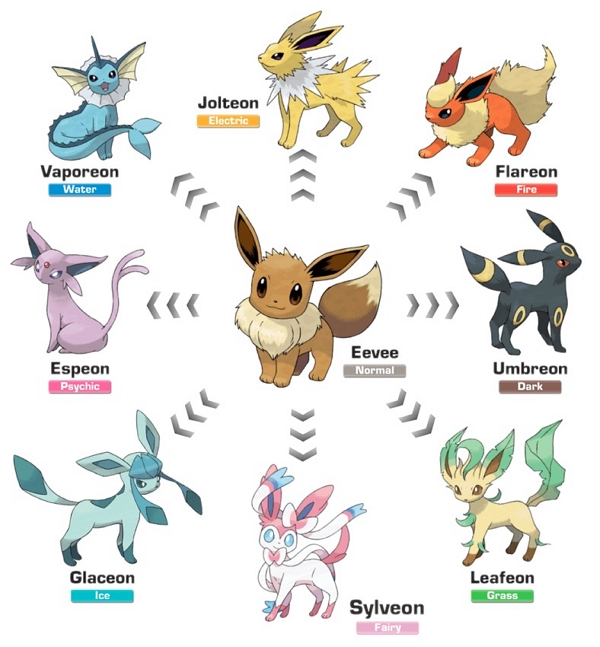
Evolution Path and Type Change:
Not always the case, but type can also be based on the evolution path and resulting type. For example, Burmy evolves into Mothim (Bug/Flying) if male or Wormadam (Bug/Grass) if female. Similarly, only female Combee can evolve into Vespiquen (Bug/Flying).
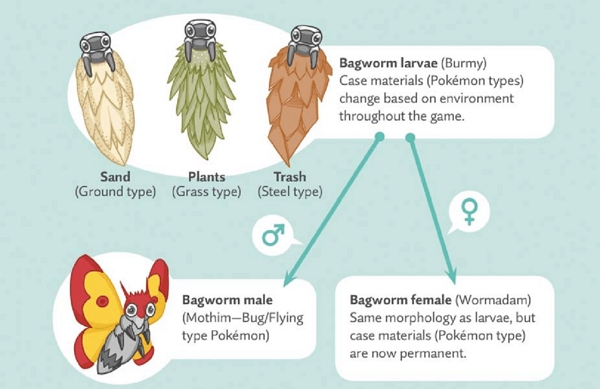
Understanding type matchups is crucial in battles. For example, in a battle between Squirtle (Water) and Vulpix (Fire), Squirtle’s Water Gun would deal a lot of damage, while Vulpix’s Ember would be less effective. Choosing the right Pokémon for the matchup can decide whether you win or lose. For instance, in a gym battle against a powerful Blissey (Normal), using a Machamp (Fighting) would be more effective than a Snorlax (Normal) due to its type advantage.
Part 2: Pokemon Go Type Weakness & Strengths Chart
A Pokémon’s weakness is the type of attack that deals super effective damage against it, making it 1.6 times stronger than normal attacks. For example, a Fire-type like Vulpix is vulnerable to Water, Ground, and Rock-type attacks. This gives Pokémon such as Squirtle, Diglett, and Geodude a significant advantage over Vulpix.
Of course, understanding weaknesses allows you to know which Pokemon types to use when facing them in battle. Conversely, knowing strength will allow you to understand its offensive strategies (1.6x).
Conversely, resistances function as natural armor. These attacks deal reduced damage (0.625x) when used against a Pokémon with resistance to them. Vulpix, being a Fire-type, is resistant to Bug, Steel, Fire, Grass, Ice, and Fairy-type attacks. Therefore, Pokémon like Scizor or Froslass won’t inflict as much damage on Vulpix compared to a Water-type Pokémon.
Understanding these weaknesses,strengths and resistances helps you select the right Pokémon to effectively counter your opponents and secure victories in battles.
| Type | Example Pokemon | Strengths | Weaknesses | Resistances |
|---|---|---|---|---|
| Normal | 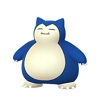
Snorlax |
– | Fighting | Ghost |
| Fire | 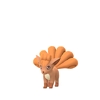
Vulpix |
Bug, Steel, Grass, Ice | Water, Ground, Rock | Bug, Steel, Fire, Grass, Ice, Fairy |
| Fighting | 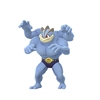
Machamp |
Normal, Rock, Steel, Ice, Dark | Flying, Psychic, Fairy | Rock, Bug, Dark |
| Flying | 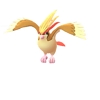
Pidgeot |
Fighting, Bug, Grass | Rock, Electric, Ice | Fighting, Grass, Bug |
| Poison | 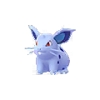
Nidoran (female) |
Grass, Fairy | Ground, Psychic | Fighting, Poison, Grass |
| Ground | 
Diglett |
Poison, Rock, Steel, Fire, Electric | Water, Grass, Ice | Poison, Rock, Electric |
| Rock | 
Golem |
Flying. Bug, Fire, Ice | Water, Grass, Fighting, Ground, Steel | Normal, Flying, Poison, Fire |
| Bug | 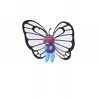
Butterfree |
Grass, Psychic, Dark | Fire, Flying, Rock | Fighting, Ground, Grass |
| Ghost | 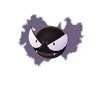
Gastly |
Ghost, Psychic | Ghost, Dark | Poison, Bug |
| Steel | 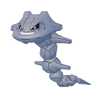
Steelix |
Rock, Ice, Fairy | Fire, Fighting, Ground | Normal, Flying, Poison, Rock, Bug, Steel, Grass, Psychic, Ice, Dragon, Fairy |
| Water | 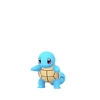
Squirtle |
Fire, Ground, Rock | Electric, Grass | Steel, Fire, Water, Ice |
| Grass | 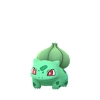
Bulbasaur |
Water, Groud, Rock | Fire, Flying, Poison, Bug, Ice | Water, Electric, Grass, Ground |
| Electric | 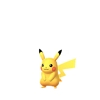
Pikachu |
Wtaer, Flying | Ground | Flying, Steel, Electric |
| Psychic | 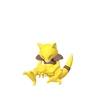
Abra |
Fighting, Poison | Bug, Ghost, Dark | Fighting, Psychic |
| Ice | 
Seel |
Flying, Ground, Grass, Dragon | Fire, Fighting, Rock, Steel | Ice |
| Dragon | 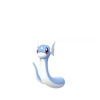
Dratini |
Dragon | Ice, Dragon, Fairy | Fire, Water, Grass, Electric |
| Dark | 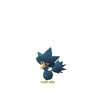
Murkrow |
Ghost, Psychic | Fighting, Bug, Fairy | Ghost, Dark |
| Fairy | 
Clefairy |
Fighting, Dragon, Dark | Poison, Steel | Fighting, Bug, Dark |
Part 3: Best Pokemon Go Types For Attacks
While every Pokemon type has its strengths, some types are simply more effective in offensive roles due to a combination of factors — like their overall damage output, the variety of powerful moves they have access to. And especially their effectiveness against commonly encountered Pokemon in gyms and raids.
The following table highlights these top offensive types, showcasing their strengths and why they’re often the best choice for dominating battles. Note that the order is not necessarily a ranking, as the optimal type can vary depending on the specific battle scenario:
| Type | Strengths | Why It’s Good for Offense | Examples |
|---|---|---|---|
| Flying | High damage output (boosted by STAB – Same Type Attack Bonus), access to Dragon-type moves, strong against Fighting and Grass types (common in gyms and raids). | Versatile with many strong attackers, excellent type coverage. | Rayquaza, Moltres, Dragonite |
| Water | Excellent coverage against Fire, Ground, and Rock types (common weaknesses), access to powerful Water-type moves with high DPS. | Wide range of powerful moves, consistent damage output, good against common gym defenders and raid bosses. | Kyogre, Swampert, Gyarados |
| Psychic | Strong against Fighting and Poison types, access to some of the highest DPS charged attacks in the game. | High damage potential, some Psychic types have excellent stats. | Mewtwo, Alakazam, Espeon |
| Electric | Effective against Water and Flying types (common in raids), some Electric types also have high speed and access to strong Electric-type moves. | Fast attackers, good against popular Water types in raids and gyms. | Zapdos, Raikou, Magnezone |
| Dragon | Powerful attacks with high damage potential, strong against other Dragon types, often boasting high Attack stats. | High damage output, essential for Dragon-type raids. | Rayquaza, Dragonite, Salamence |
| Ice | Strong against Flying, Ground, Grass, and Dragon types, offering excellent type coverage. | Great against Dragon-type raid bosses, good coverage against common types. | Mamoswine, Glaceon, Weavile |
| Dark | Super effective against Ghost and Psychic types, often have good bulk and access to moves that inflict status conditions (lowering opponent’s stats). | Unique movesets with debuffing capabilities, good against Psychic types. | Darkrai, Hydreigon, Tyranitar |
| Rock | Wide coverage against Flying, Bug, Fire, and Ice types, some Rock types have high defense and can deal considerable damage. | Strong against many raid bosses, good for gym defense due to high defense. | Rampardos, Tyranitar, Rhyperior |
| Fighting | Strong against Normal, Rock, Steel, Ice, and Dark types, often have high attack stats and access to strong Fighting-type moves. | High damage output, effective against many types found in gyms and raids. | Lucario, Machamp, Conkeldurr |
| Fire | Strong against Bug, Grass, Ice, and Steel types, access to powerful charged attacks with high energy gain. | High attack power, good against Steel types in raids and gyms. | Reshiram, Chandelure, Darmanitan |
The above mentioned Pokemon types are really powerhouses when it comes to offensive capabilities; still, even the remaining types offer unique advantages in specific situation — or at least have other valuable roles in the battle:
| Type | Strengths | Best Suited For | Examples |
|---|---|---|---|
| Ground | Strong against 5 types (Poison, Rock, Steel, Fire, Electric) | Gyms and raids against Electric, Fire, and Rock types | Excadrill, Groudon, Landorus |
| Grass | Decent coverage, effective against Water, Ground, Rock | Gyms and raids against Water, Ground, and Rock types | Zarude, Tangrowth, Roserade |
| Fairy | Strong against Fighting, Dragon, Dark | Great for PvP battles, tanking Dragon-type attacks | Togekiss, Gardevoir, Sylveon |
| Steel | High defense, resistant to many types | Primarily defensive, useful for gym defense | Metagross, Heatran, Registeel |
| Bug | Niche uses, some strong attackers | Specific matchups, surprise factor | Scizor, Genesect, Pinsir |
| Ghost | Strong against Psychic and itself | Effective against Psychic-type gyms and raids | Gengar, Chandelure, Giratina |
| Poison | Can inflict status conditions (poison, toxic) | PvP battles, debuffing opponents | Roserade, Toxicroak, Nidoking |
| Normal | No type advantages, but can have high stats/unique moves | Versatile, good for general purpose battling | Snorlax, Slaking, Regigigas |
It is important to note that this is just a general guideline, and the effectiveness of a Pokemon type for attacks will depend on its individual stats, movesets, and also the specific opponent Pokemon you’re facing.
Bonus: Helpful Tips to Catch All Pokemon Go Types
Of course, you want to catch all the types of Pokemon’s, given you need to have a diverse range of Pokemon types in your Pokedex — to counter different opponents and also complete your collection. And here are some methods to help you catch all Pokemon Go types:
Method 1: Teleport to Pokemon Location With Professional Tool
To catch rare or region-exclusive Pokémon in Pokémon Go, many trainers use location spoofers. These tools let you change your in-game location to access Pokémon not normally found near you. One popular choice among trainers is the iWhere iPhone Location Changer.
Tailored for location-based AR games like Pokémon Go, iWhere iPhone Location Changer is a powerful tool. It helps you catch rare Pokémon, collect valuable resources, and achieve in-game goals faster. With iWhere, you can teleport to any part of the world to gather region-exclusive Pokémon types, ensuring you have the best Pokémon with high IVs in each type.
iWhere offers various modes like Joystick Mode for easy movement, One-Stop Mode for efficient travel between two points, and Multi-Stop Mode for strategic resource collection. You can also customize your speed (walking, cycling, or driving), hatch eggs efficiently, and prioritize evolution to level up quickly in Pokémon Go. The interface is user-friendly, guiding you through the process of downloading and changing your location in the game.
Key Features of iWhere iPhone Location Changer:
- Modify Location: Instantly travel to regions with exclusive Pokemon types, like the Bug/Fighting-type Heracross in South America or the Normal/Flying-type Farfetch’d in Asia.
- Multi-Stop Mode: Plan routes to hit multiple PokeStops and gyms in new areas, increasing your chances of encountering diverse types.
- GPX Import: Utilize community-created route maps that target specific types or rare spawns.
- Customizable Movement Speeds: Adjust your speed to match the Pokemon’s escape tendencies or hatching requirements.
How to use iWhere iPhone Location Changer
Step 1: Run the iWhere iPhone Location Changer program on your computer and click “Start” from its main interface.
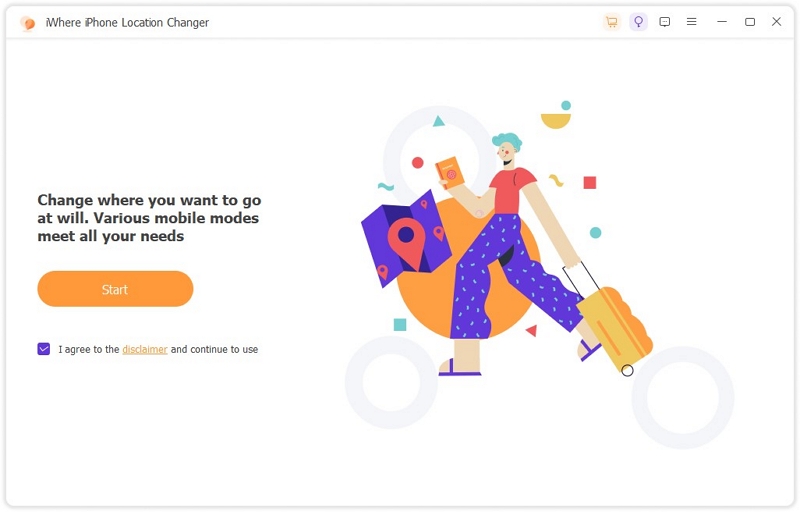
Step 2: Connect your iPhone to the computer using a compatible USB cable. Then, authorize the connection on your phone and select “Joystick Mode” to proceed.
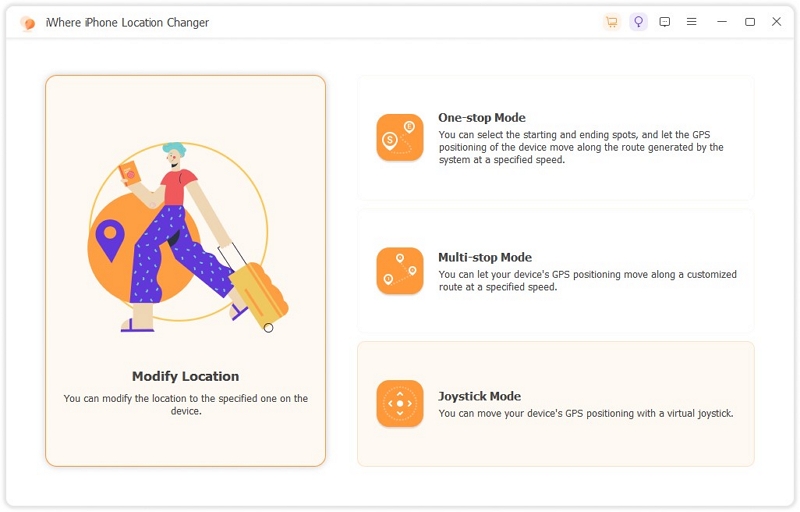
Step 3: Next, iWhere will load map on your screen. Navigate to the bottom-right corner of the map and select the mode you’d like to use to navigate the map. You can either select “Free Mode” (for keyboard controls) or “Mouse Mode” (for cursor control).
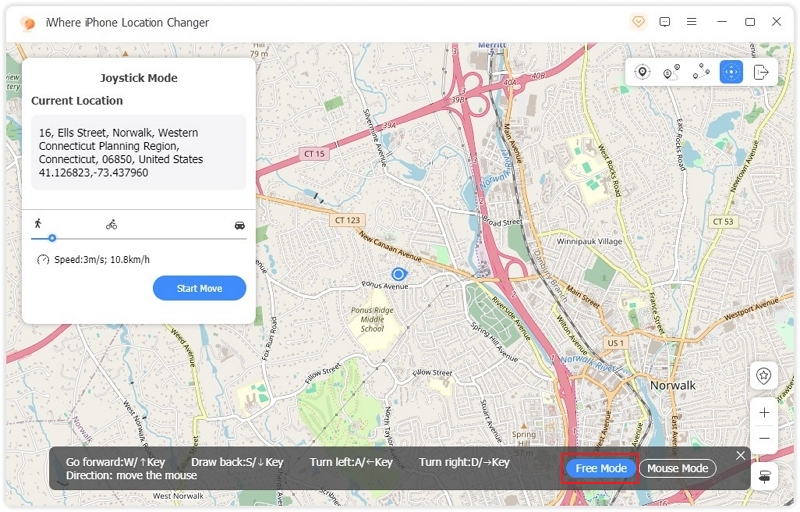
- Once you select the mode to navigate the map, you can also adjust your movement speed by dragging the slider on the white box at the top-left side. Then, click “Start Move” to confirm your action.
Method 2: Use Incense & Lure Module
Once you’ve teleported to a Pokemon-rich location using iWhere, maximize your catch potential with Incense and Lure Modules. Incense attracts Pokemon to your location for 60 minutes, while Lure Modules draw them to a specific PokeStop for 30 minutes. Combining — iWhere with Lure Modules and Incense can significantly increase the variety and number of Pokemon you encounter, boosting your chances of catching those missing types.

Remember, some Pokemon are more attracted to Incense during specific weather conditions or times of day. Research which types are likely to appear in your chosen location (with iWhere) and use Incense and Lures strategically for optimal results.
Method 3: Join Exclusive Events
Pokemon Go regularly hosts events that feature increased spawns of specific Pokemon types. These events are designed specifically to allow you to catch rare or uncommon types you would not normally encounter. For example, the Bug Out — the event, which typically takes place in the spring, brings a surge of Bug-type Pokemon, while the Water Festival focuses on Water types.
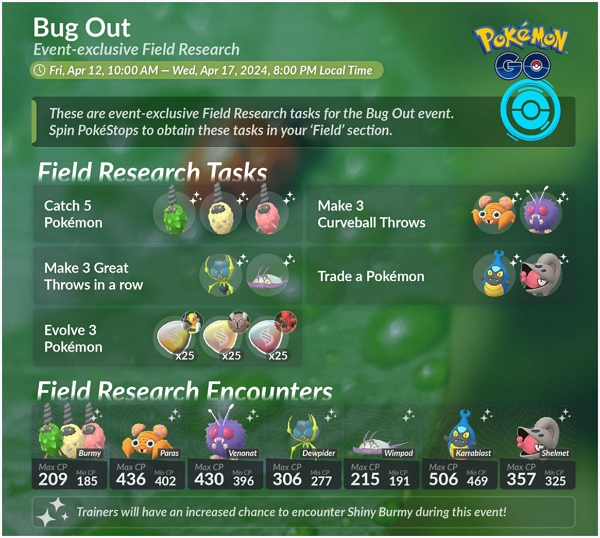
Again, iWhere also gives you an when it comes to joining exclusive events happening in other regions. For instance, you can even participate in events happening in other parts of the world using one of the movement modes (like Joystick Mode) in other areas, and gain access to event-exclusive Pokemon and Pokemon Go type rewards that might be inaccessible in your region.
Conclusion
While it will seem daunting to learn the strengths and weaknesses of all 18 Pokemon Go types, the system is designed to be intuitive. With a little familiarity, you can quickly grasp the fundamentals and apply them to your battle strategies. Remember, you cannot become a top-tier trainer without understanding the intricacies of Pokemon Go types.
Yes, building a diverse team with Pokemon of different types will take time, but as mentioned, I shared with you the methods to accelerate the process — use a location spoofer like iWhere — and complete your Pokedex.
